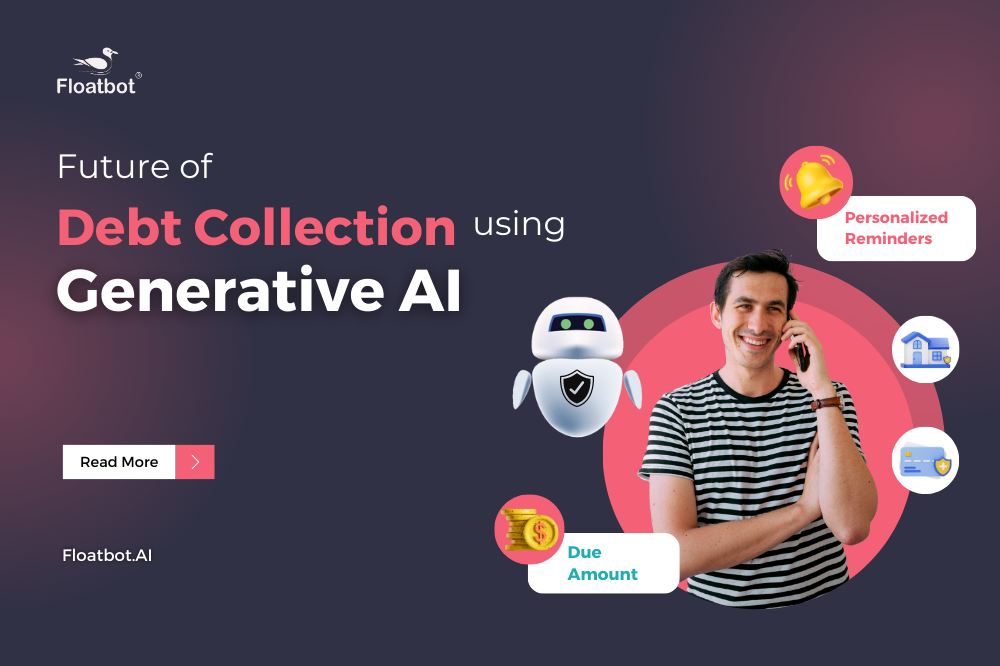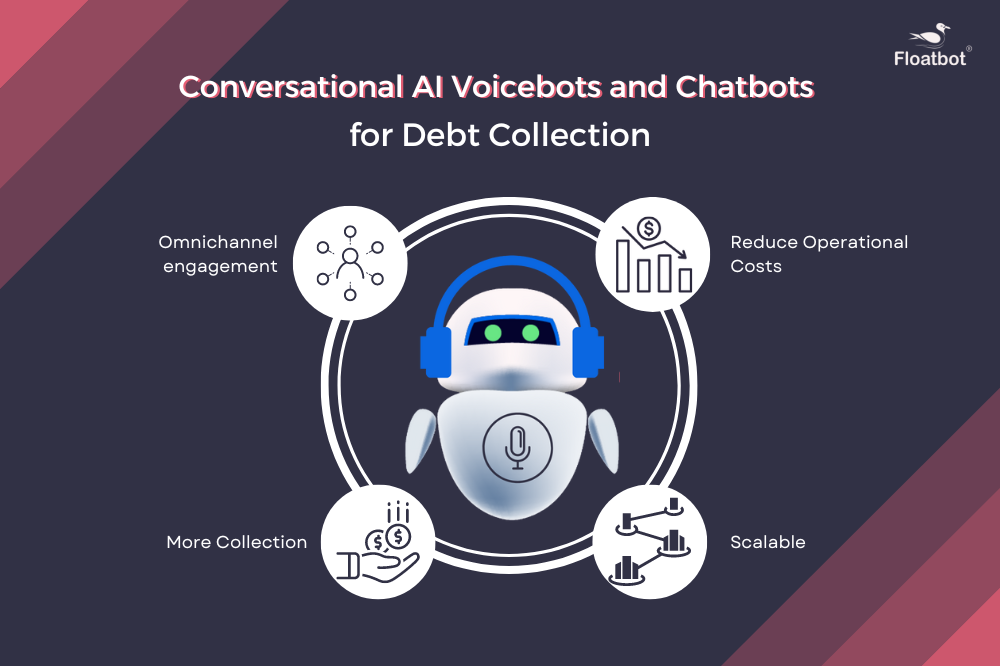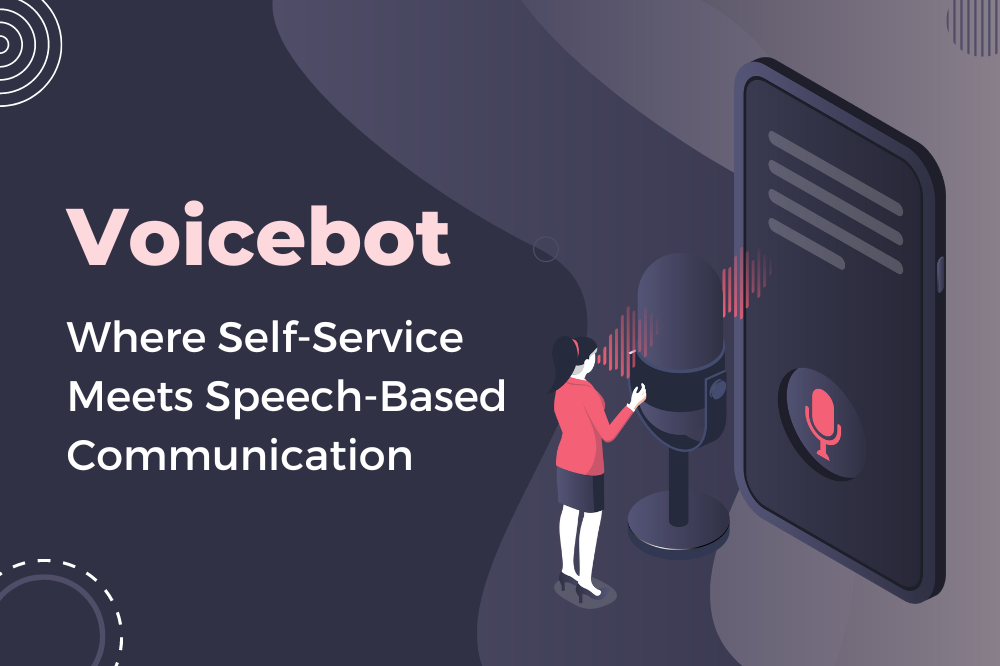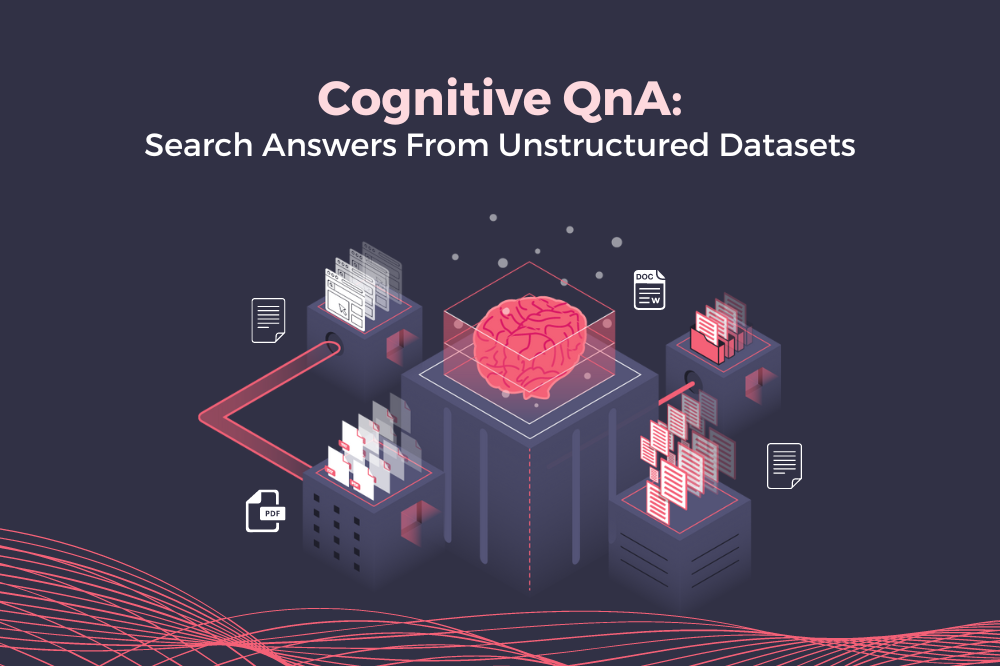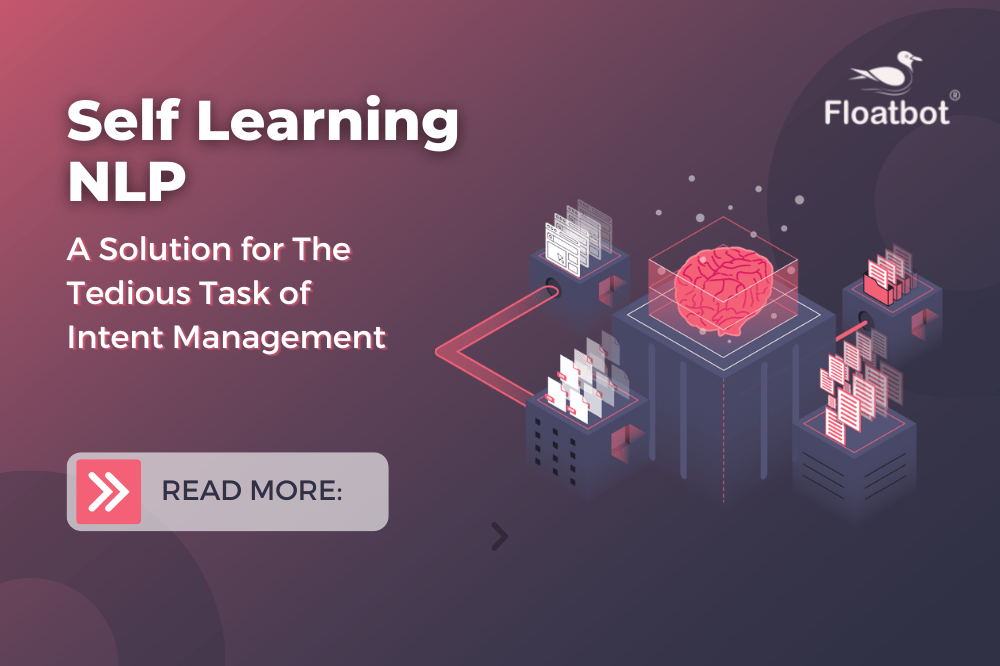Conversational AI and the Future of Customer Interactions
Learn how AI can improve customer experience. Conversational AI Voicebots and Chatbots enhance customer experience and reduce support costs. Know more
- Oct 17 2022
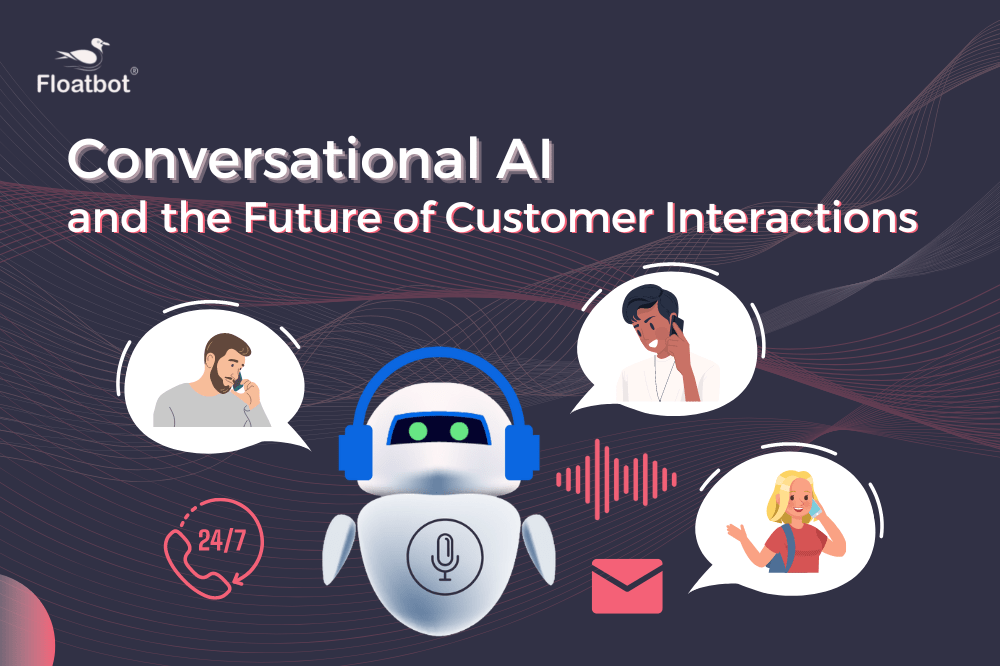
Reaching customer support has not always been as easy as it is today - it was a nightmare for most customers years ago. Even if they got lucky in finding the customer service number, they would have to navigate through the phone tree, and despite waiting for hours, there was no certainty of reaching a human agent.
Such poor customer experience would often result in dissatisfaction, mistrust, and frustration and prompt customers to switch to another company, probably with a better response.
It's not that companies didn't want to enhance customer experience, but it was costly - investing in the phone technology and hiring more agents. Nonetheless, customer experience has always been crucial for business growth - thus, companies always looked for a way to enhance it.
As the technology evolved with time, it kept becoming easier and more convenient for customers to reach customer service. More communicational channels emerged, including emails, website forums, and live chat solutions.
The Need for Conversational AI Automation
Business professionals always keep an eye out for the opportunity to automate their operations. Customer conversations are no different. They always aimed for higher 'call deflection' - a way to communicate information to customers through channels other than calls.
Over time, different information panels, such as FAQs, community forums, step-to-step guides, product documentation, etc., emerged, laying the groundwork for Chatbots.
Throughout the last decade, Chatbots begged unprecedented momentum from businesses across industries and countries. What sets Chatbots apart from the earlier approaches is their ability to make communication interactive.
The Rise of AI in Customer Experience
Although Chatbots had an impressive head start and got the attention of most businesses, they came with tons of limitations. For starters, the early Chatbots (menu and keyword-based) were not really 'Intelligent.' They functioned based-on predefined workflows (mainly if - else structure).
The limitations of early-age Chatbots were limiting their usefulness. They could solve only primitive use cases like automating FAQs. Businesses could not rely on them with complex use cases as they couldn't carry out sophisticated conversations.
Artificial Intelligence (AI) gave Chatbots wings. It gave them what was needed - the ability to understand and imitate human conversations. A variation of AI, Conversational AI (a set of technologies like NLP (Natural Language Processing) and Machine Learning), helped Chatbots to grow intelligent and mature.
The role of AI in customer experience kept growing as Chatbots kept enhancing their capabilities. Now they can understand complex customer queries, handle sophisticated conversations, and address objections. Also, AI facilitated the development of Voice-enabled Chatbots and Voicebots (also known as Conversational AI IVRs).
How AI Can Improve Customer Experience?
Conversational AI is crucial in reshaping customer interactions for different work functions, from sales to customer support . AI-Powered Voicebots and Chatbots take care of mundane, repetitive conversations, enabling human agents to focus on crucial tasks.
For example, Voicebots can make outbound calls, qualify leads, and book meetings with sales reps who can take it forward.
To Sum Up
Conversational AI Chatbots and Voicebots have become an integral part of customer interaction. They help businesses elevate customer experience and reduce operational costs. In the future, their contribution is going to increase.
If you have any questions or need any assistance, feel free to reach us at connect@floatbot.ai


